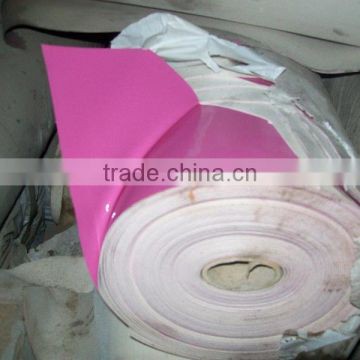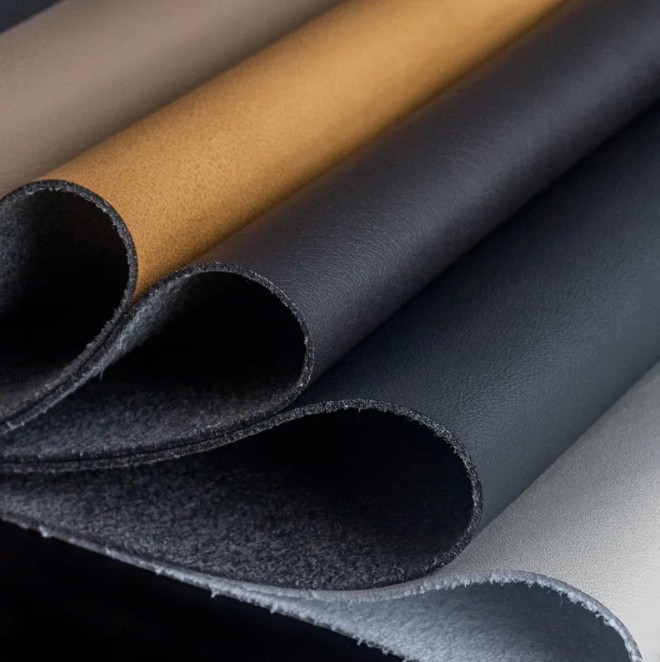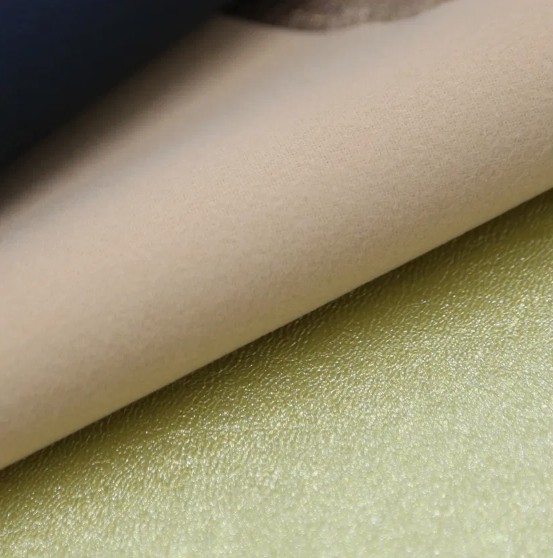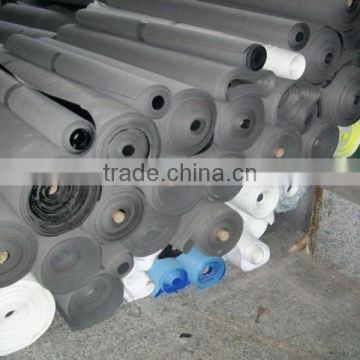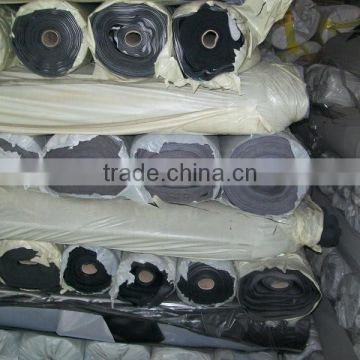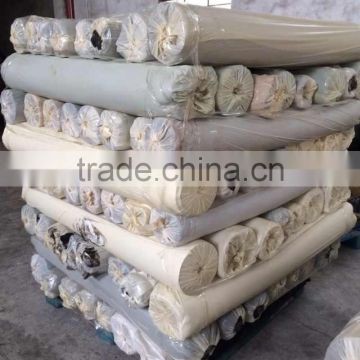Welcome!


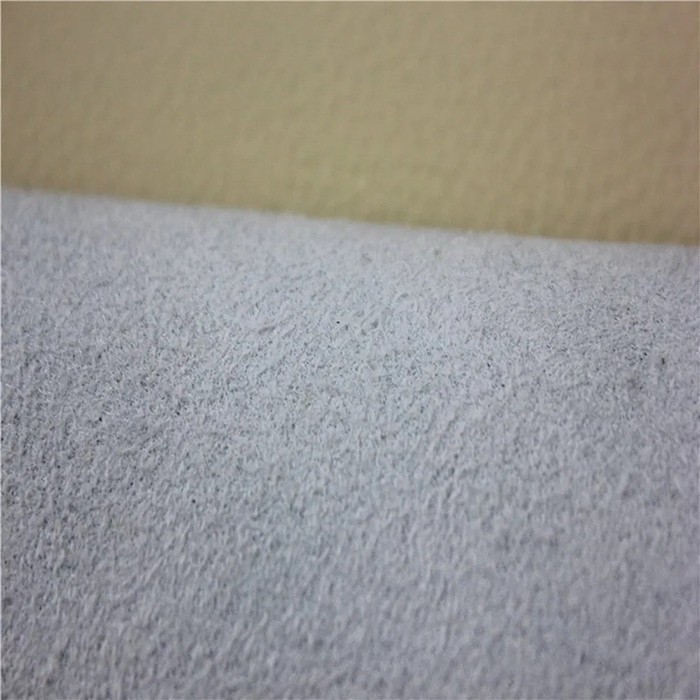

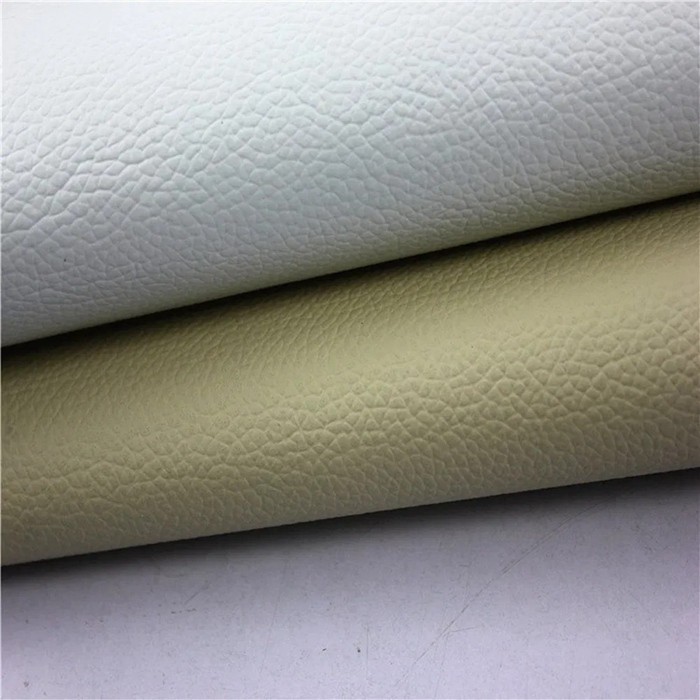
Comprehensive Guide to Synthetic Leather: Everything You Need to Know
Basic Info
| Color | Customized Color | Feature | Abrasion Resistant, Soft, Waterproof, Elastic, Anti-Mildew | HS Code | 53091020 |
|---|---|---|---|---|---|
| MOQ | 1000 Meters Per Color | Origin | China | Pattern | Embossed |
| Transport Package | Rolls with Inner Poly Bag | ||||
Product Description
Synthetic leather, also known as faux leather or vegan leather, has become a popular alternative to traditional leather in recent years. With its versatility, durability, and eco-friendliness, it has found its way into various industries such as fashion, furniture, automotive, and more. In this guide, we will explore what synthetic leather is, its benefits, and answer some of the most frequently asked questions about it.


Types of Synthetic Leather
Polyurethane (PU) Leather: PU leather is made by applying a polyurethane coating to a fabric base, creating a soft and flexible material. It is one of the most popular types of synthetic leather due to its ability to resemble real leather closely.
Polyvinyl Chloride (PVC) Leather: PVC leather is made by coating a fabric base with a layer of PVC. It is more durable and water-resistant compared to PU leather but tends to be less flexible.
Biodegradable Synthetic Leather: As environmental concerns grow, biodegradable synthetic leather is emerging as a more sustainable alternative. Made from plant-based materials, this type of synthetic leather breaks down naturally over time, unlike conventional synthetic options.
Recycled Leather: This material is made from discarded leather scraps that are processed and reformed into a new product. While it is technically not synthetic leather, it serves as an eco-friendly alternative to traditional leather.
Benefits of Synthetic Leather
Animal-Friendly: One of the biggest selling points of synthetic leather is that it is made without harming animals, making it a cruelty-free option for people who want to avoid animal products.
Cost-Effective: Synthetic leather is generally less expensive than natural leather. This makes it an attractive option for consumers looking for stylish and durable products without the high price tag associated with real leather.
Variety of Styles and Colors: Synthetic leather can be produced in a wide range of colors, textures, and finishes. Whether you want a glossy look, a matte finish, or a textured surface, synthetic leather offers endless possibilities.
Durability: High-quality synthetic leather is resistant to cracking, fading, and peeling, making it a durable choice for products like furniture, bags, and automotive interiors.
Easy Maintenance: Unlike natural leather, which requires regular conditioning and care, synthetic leather is relatively low-maintenance. A simple wipe-down with a damp cloth is often enough to keep it clean.
Environmental Impact: Although synthetic leather is still made from plastic, it tends to have a lower environmental footprint compared to traditional leather, especially if it is made from recycled materials or biodegradable components.

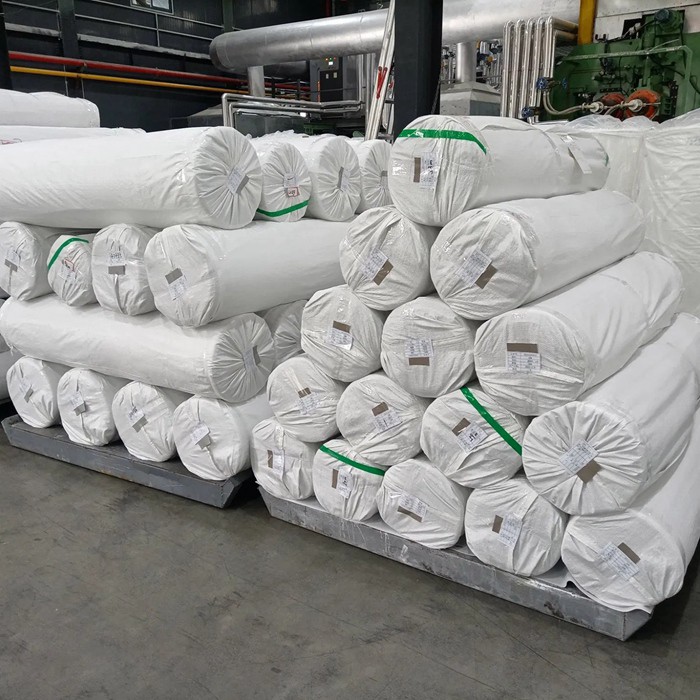
Frequently Asked Questions (FAQs) About Synthetic Leather
1. What is the difference between PU leather and PVC leather?
PU leather is made by coating a fabric base with polyurethane, creating a flexible and soft material that closely resembles real leather. It is more breathable and eco-friendly compared to PVC leather. On the other hand, PVC leather is made by coating a fabric with polyvinyl chloride, making it more durable and water-resistant, but it is less flexible and can be less breathable.
2. Is synthetic leather eco-friendly?
Yes, synthetic leather can be more eco-friendly than traditional leather, especially when it is made from biodegradable or recycled materials. Unlike real leather, which involves animal farming and the use of toxic chemicals during the tanning process, synthetic leather does not contribute to animal cruelty and can be produced using more sustainable methods. However, not all synthetic leathers are equally eco-friendly, so it's important to choose products made from environmentally-conscious materials.
3. How durable is synthetic leather compared to real leather?
Synthetic leather is quite durable and can last for many years, especially if it is made from high-quality materials like PU or PVC. It is resistant to cracking, fading, and peeling, which makes it a great option for products that are exposed to heavy wear and tear. However, while synthetic leather can be long-lasting, real leather may age better over time, developing a patina and becoming more supple as it is used.
4. Can synthetic leather be repaired if damaged?
Yes, synthetic leather can be repaired if it gets damaged, but the process may vary depending on the type of material. Minor scratches or tears can often be fixed with a leather repair kit, which includes patching materials and adhesive. For more significant damage, it may be harder to restore the appearance of synthetic leather to its original condition, but in many cases, small imperfections can be concealed with special touch-up products.
5. Is synthetic leather waterproof?
Synthetic leather, particularly PVC leather, is water-resistant, making it suitable for outdoor use or items that may come into contact with water. PU leather, while still water-resistant, is less effective at repelling water than PVC leather. However, most synthetic leather materials are not fully waterproof and may become damaged if exposed to excessive moisture for prolonged periods. It’s always best to clean up spills and keep synthetic leather products dry whenever possible.
6. How do I clean and maintain synthetic leather?
Maintaining synthetic leather is relatively easy. To clean, simply wipe the surface with a soft cloth dampened with water. For deeper cleaning, you can use mild soap or specialized synthetic leather cleaner. Avoid using harsh chemicals or abrasive materials, as these can damage the surface. If the synthetic leather gets scuffed or scratched, you can use a special leather repair product to restore its appearance.
7. Does synthetic leather smell like real leather?
No, synthetic leather does not have the same natural smell as real leather. Real leather often has a distinctive, earthy scent due to the tanning process, while synthetic leather may have a slightly plastic-like smell, especially when it is newly manufactured. However, over time, the odor of synthetic leather typically dissipates, and the material takes on a neutral scent.
8. Is synthetic leather suitable for all weather conditions?
Synthetic leather performs well in most weather conditions. It is resistant to moisture and UV rays, which makes it ideal for products used outdoors. However, exposure to extreme temperatures or prolonged sunlight may cause the material to degrade over time. To ensure longevity, it’s best to store synthetic leather products away from direct sunlight or harsh weather conditions when possible.
9. Can synthetic leather be used for high-end fashion items?
Yes, synthetic leather is increasingly being used in high-end fashion due to its versatility and affordability. Many designers have embraced synthetic leather as a material for creating luxury bags, shoes, jackets, and accessories. The material can be molded into different textures and finishes to achieve a high-end look, often at a fraction of the cost of real leather.
10. Is synthetic leather suitable for furniture?
Absolutely. Synthetic leather is a popular choice for furniture upholstery, especially in items like chairs, sofas, and recliners. It offers a durable, easy-to-clean surface that can mimic the appearance of real leather, making it a cost-effective and stylish option for home and office furniture. It is also resistant to stains and spills, which is a significant advantage for families or pet owners.
Recommended Products
Recently Viewed
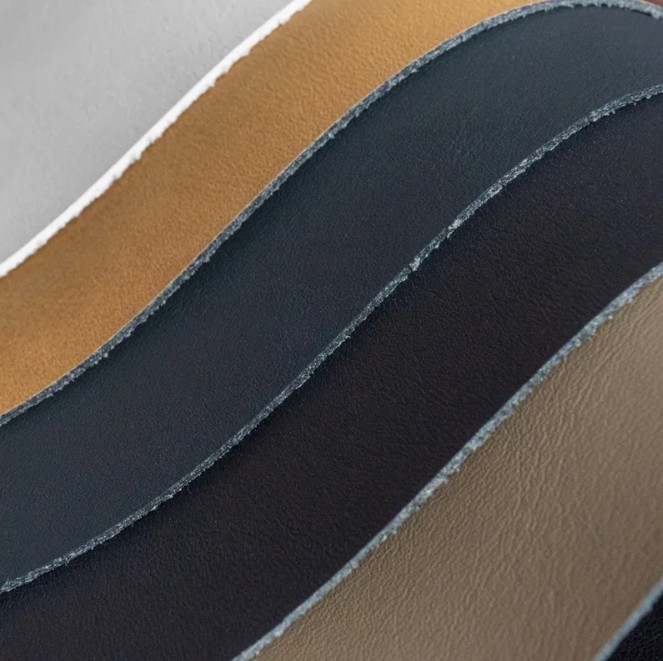 Polyamide Artificial Leather: Unveiling the Outstanding Properties of High-performance Nylon Synthetic Leather
Polyamide Artificial Leather: Unveiling the Outstanding Properties of High-performance Nylon Synthetic Leather Comprehensive Guide to Synthetic Leather: Everything You Need to Know
Comprehensive Guide to Synthetic Leather: Everything You Need to Know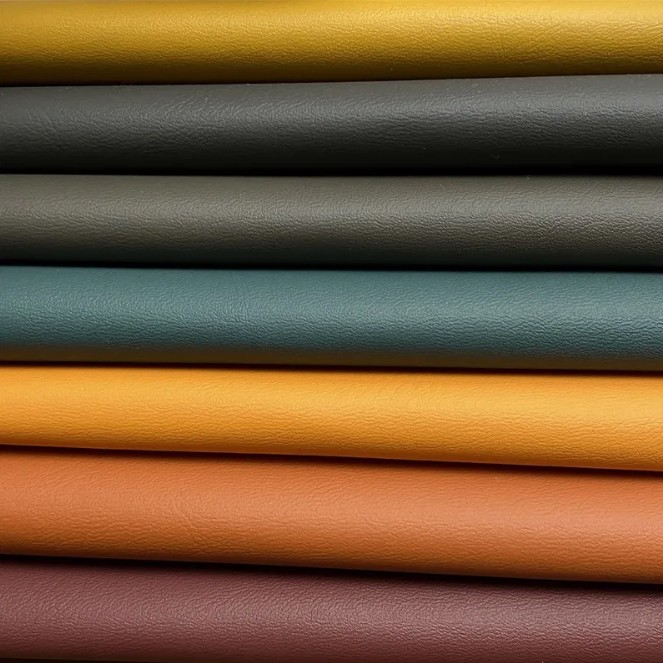 The Future of Faux: Exploring the Versatility and Benefits of Synthetic Leather
The Future of Faux: Exploring the Versatility and Benefits of Synthetic Leather Exploring Synthetic Leather: A Versatile and Sustainable Alternative for Modern Design
Exploring Synthetic Leather: A Versatile and Sustainable Alternative for Modern Design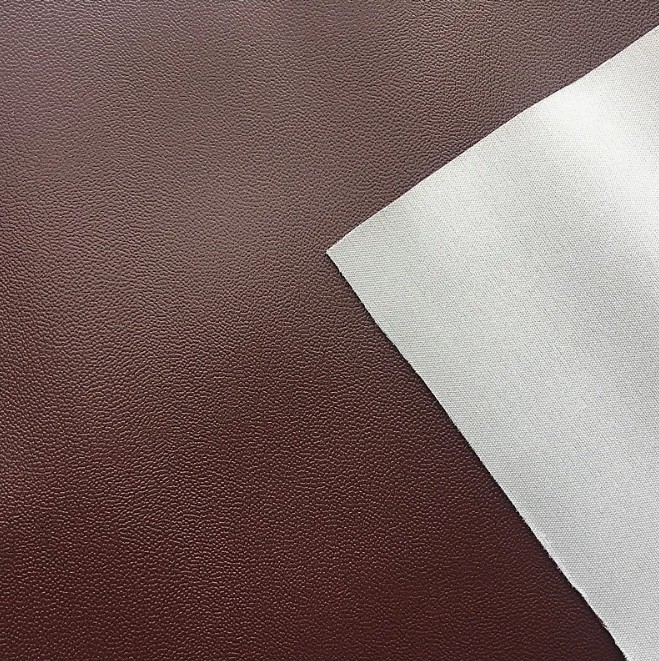 Synthetic Leather: The Modern Alternative to Genuine Leather with Versatile Applications
Synthetic Leather: The Modern Alternative to Genuine Leather with Versatile Applications
Contact Us
Fujian Huaxia Synthetic Leather Co., Ltd.

